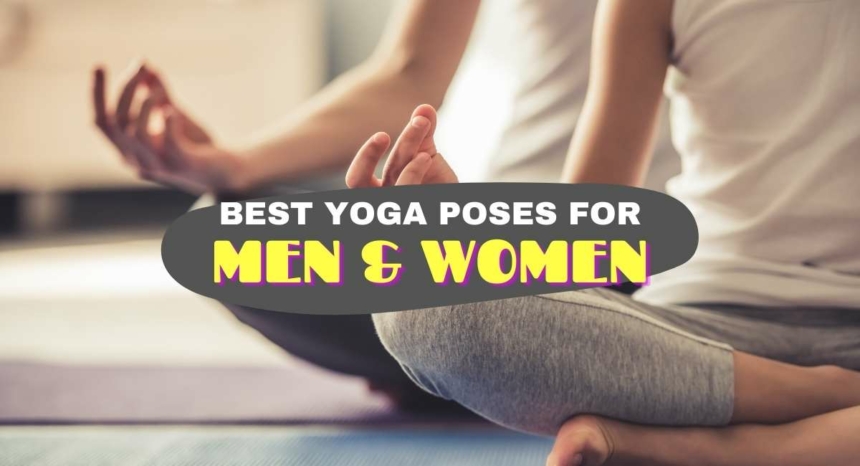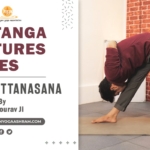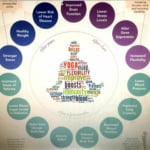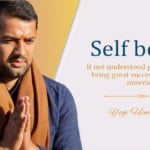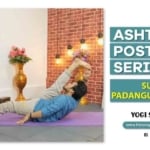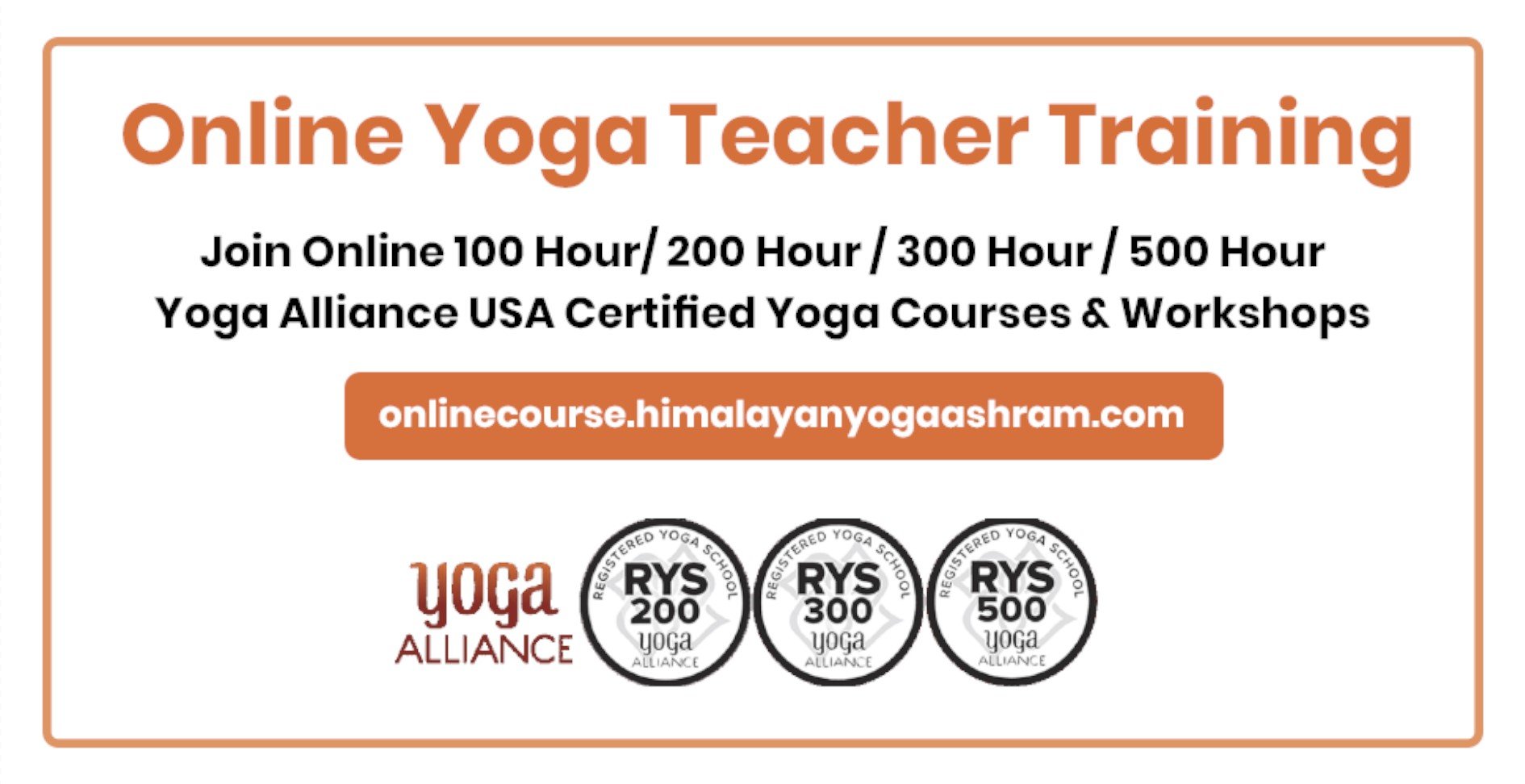10 Simple & Effective Yoga Asanas For Men And Women
By Himanshu JoshiYogamen yoga poses, women yoga poses, yoga posesThe beauty of Yoga is it can be practiced by all irrespective of age, height, weight, gender etc. The ancient practice has something for everyone and depending on the flexibility, strength and mobility, a practitioner may choose asanas. It is quite natural that those with more flexible bodies could attempt and master a variety of complex postures than those with excess weight and rigid joints. There are no different sets of asanas for men and women either but it is generally considered that women have more flexibility while men are endowed with strength.
Assuming this, separate sets of asanas could be recommended for the two genders that could bring in a series of benefits for them. Considering the male and female bodies are different and at different stages the hormonal changes also have to be considered while doing yoga, there are some asanas that men and women should practice.
Chair Pose or Utkatasana
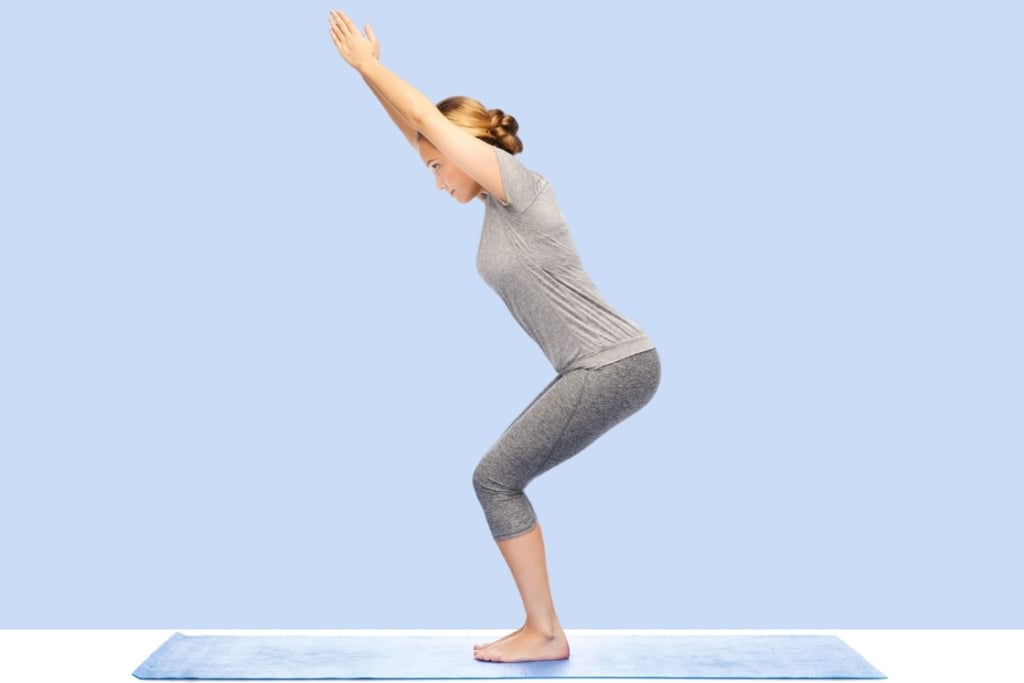
Chair Pose or Utkatasana opens the chest and builds strength in thighs, glutes, quadriceps, ankles and shoulders. It is not an easy asana to master but is extremely beneficial for men. The asana improves blood circulation and strengthens digestive organs. It is helpful in building stamina in the body and removes lethargy. The asana is considered a very powerful pose for the nervous system and also brings confidence. To do this asana, you have to stand with a gap between your legs and slowly bend your body as if sitting on an invisible chair.
Navasana or Boat Pose
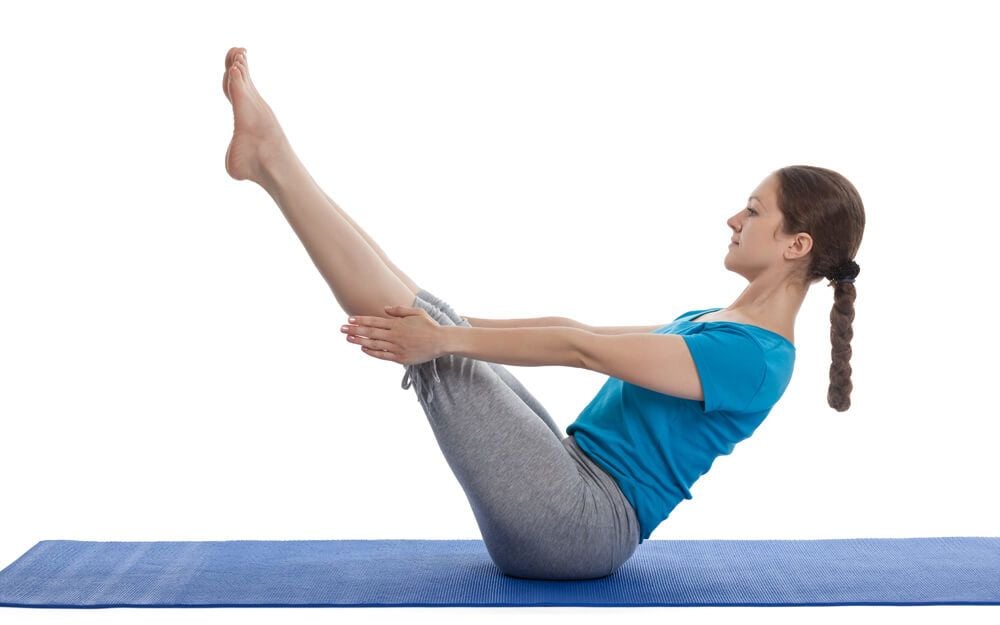
Navasana or Boat Pose is extremely beneficial for men as it catalyses the prostate gland and relieves stress from the pelvic area. It also strengthens abdominal muscles, improves concentration, and builds stamina. The asana stretches the hamstrings, makes your spine and hip flexors strong. It is also good for your kidneys and thyroid. To practice it, sit on the floor stretching out your legs, bend your knees so that your feet touch the floor. Lift your feet and bring them to your knee level and arms must be parallel to the floor. Straighten your legs.
Adho Mukha Svanasana or Downward Facing Dog
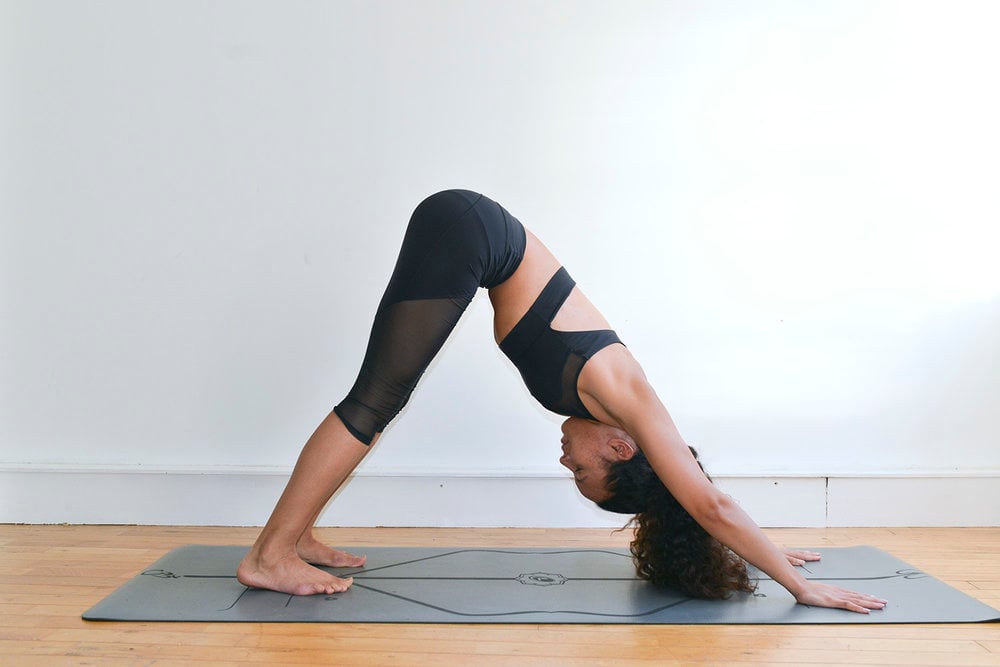
Adho Mukha Svanasana or Downward Facing Dog tones your core and works out several muscles in your body and is good for the bones. It is a strength building asana and strengthens the muscles around calves, back, hamstrings, shoulders etc. It works out the back of your legs and improves blood flow. Considering the pose provides for a good stretching for all your muscles, it is an excellent way to relieve stress and keep depression at bay. To do the asana, start with the table top position. Lift your knees upwards and stretch your arms forward keeping the palms inward. Lift the knees so that your hip can go as high as it can. The body should resemble an inverted V.
Bhujangasana or Cobra Pose
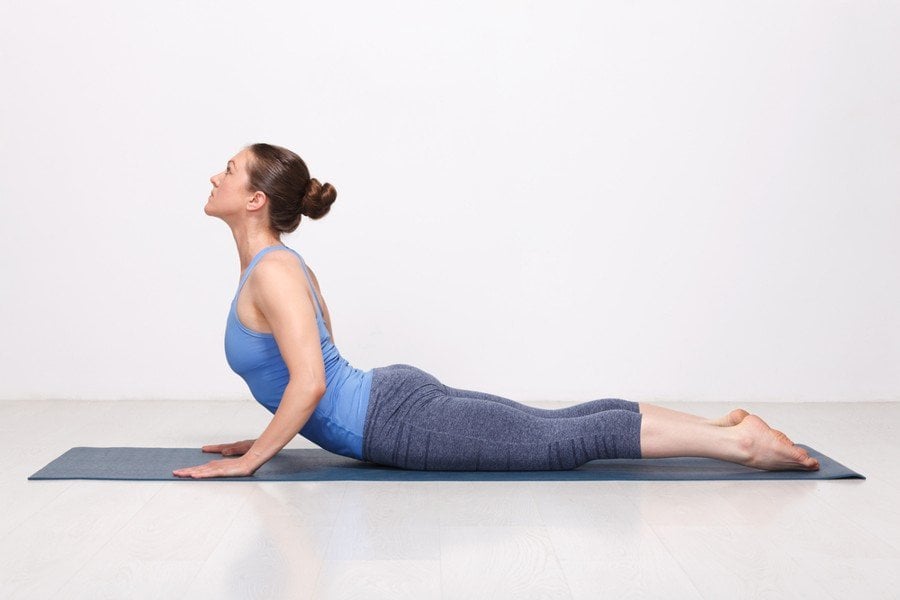
Bhujangasana or Cobra Pose is considered a good asana for male athletes. It relieves stress by stretching the muscles and thus helps avoid injuries. The asana also works well for strengthening the lower back and those who have to indulge in a lot of physical activities. The asana also opens the hearts and lungs and helps keep asthma in control. It tones the buttocks and strengthens shoulders, and abdomen.
To do the asana, lie down on your stomach, raise your upper body and head while keeping your palms down on the floor. Look upward gently.
Veerbhadrasana 2 (Warrior Pose 2)
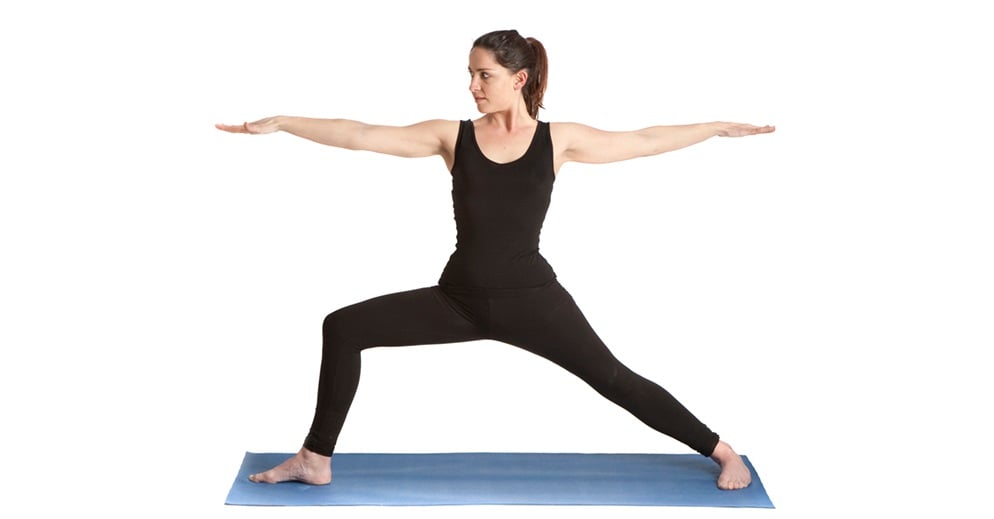
Warrior pose II opens hips and shoulders stretching thighs and chest. It makes legs and arms strong. Regular practice brings a lot of stamina and vitality in the body. Veerbhadrasana 2 improves blood circulation and respiration. It has many emotional benefits too. Regular practice brings glow on the face and confidence level multiplies over time. Body weight should be evenly distributed over the feet and those suffering from knee pain should avoid this asana. To practice this asana, begin in low lunge with your right foot forward, turn your left toes towards the left side of your mat and press your heel down, lift your torso and extend your arms out to make a “T” shape. Relax your shoulders and keep a 90 degree angle in the right knee.
Shishuasana or Child’s Pose
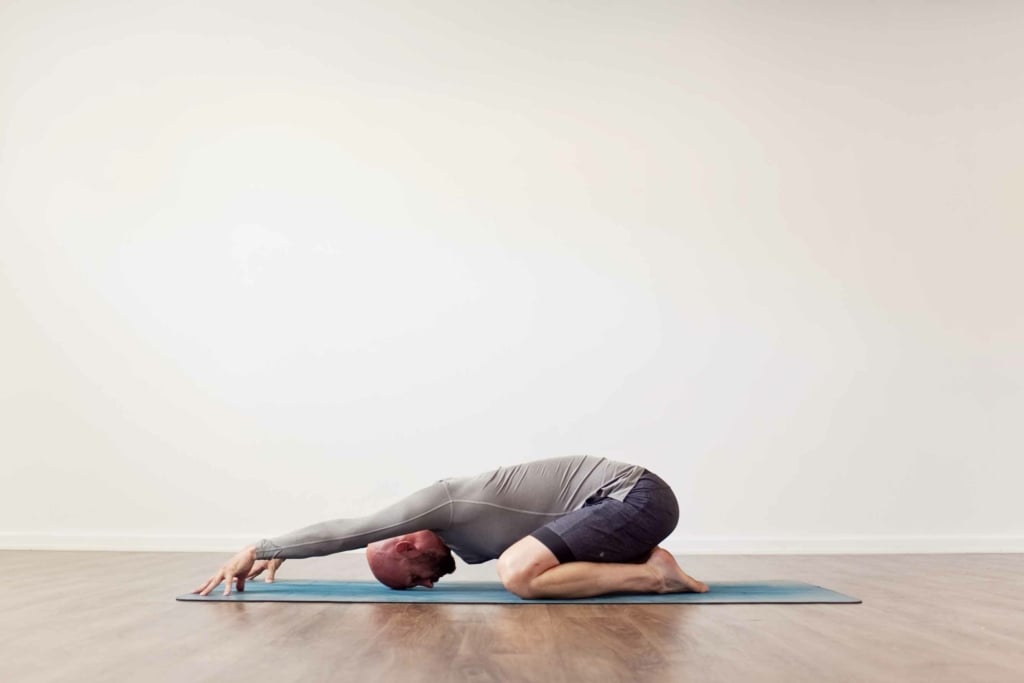
Women, especially working mothers, are under a lot of duress balancing work and home life. It is natural for them to feel stressful and it is important to release this stress in order to function well. Shishuasana is the perfect pose to prioritize thoughts and tasks and remove those which are not that important. It helps you to concentrate. To perform this asana, sit on your heels; position your hips on your heels. Your hands should be on the floor with palms facing up. Bend forward and bring your forehead towards the floor. Your thighs should gently press your chest. The focus of the asana is on breathing and relaxing the body and it helps wonderfully in alleviating stress and anxiety.
Malasana (Garland Pose)
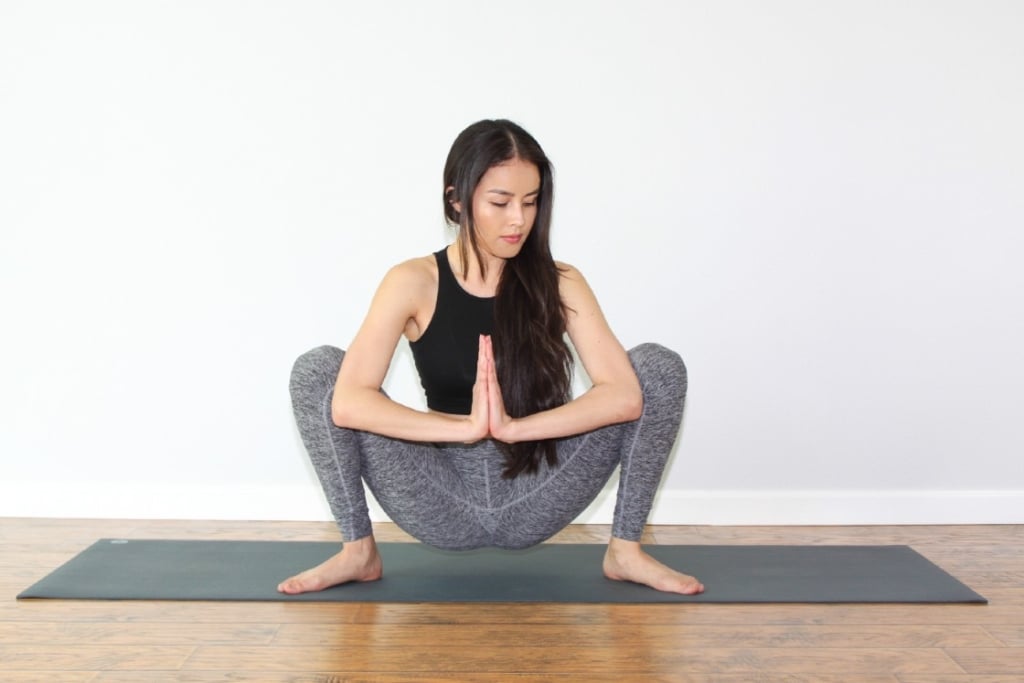
Malasana is recommended to be done by pregnant women as this pose opens up pelvic muscles that help in childbirth. The asana stretches your thighs and strengthens your legs and the entire lower body. Bending down to do Malasana also helps in toning abdominal muscles and helps with digestive issues. It also helps calm the body and the mind and taps into apana vayu, the downward moving breath which helps in elimination of toxic elements from the body and the mind. Malasana also improves balance and coordination. To do this asana, stand straight with your feet apart, turn your knees and feet outward, sit down in squat position, and join your palms together in namaskar mudra. Your elbows should gently touch your knees from inside. Expand your chest and shoulders. Keep your spine stretched out.
Vriksasana (Tree Pose)
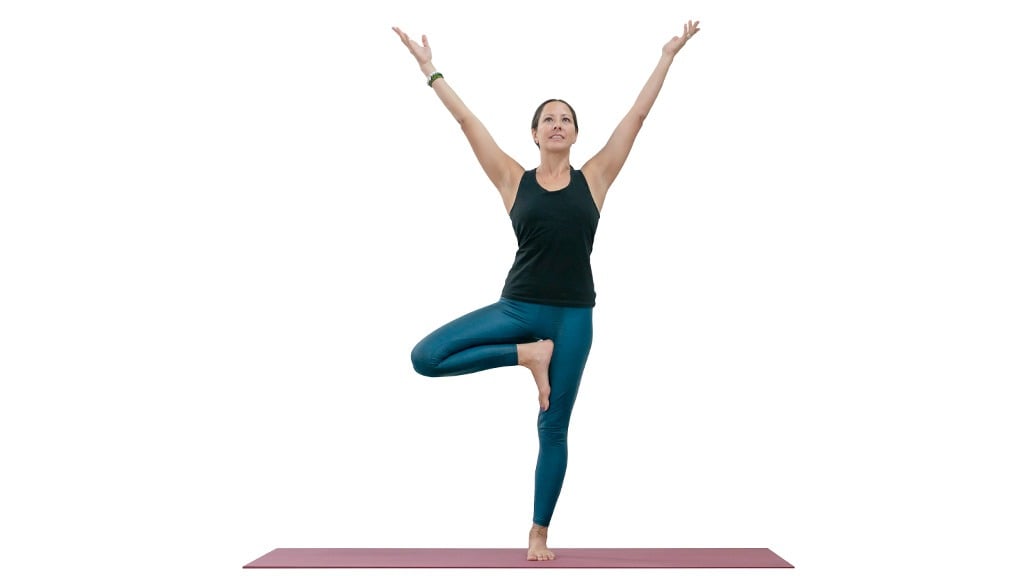
A tree is all about grace and withstanding the currents of life with courage and balance. Doing Vrikshasna can bring in a lot of inner confidence and help strike a balance in life. While standing in this graceful state of a tree helps one achieve balance, coordination and endurance in the body. It also strengthens the leg muscles, tendon of the feet and muscles around buttocks among other things. Vrikshasana improves posture and also helps in improving neuro-muscular coordination. It builds your self-esteem, confidence and boosts your concentration. To do the asana, stand with feet apart. Bend the right leg and place the right foot on the inner side of the thigh. Raise the arms up and join the palms together. Hold the asana for 10-30 seconds. Bring the arms down and release the right leg slowly.
Utkata Konasana (Goddess Pose)
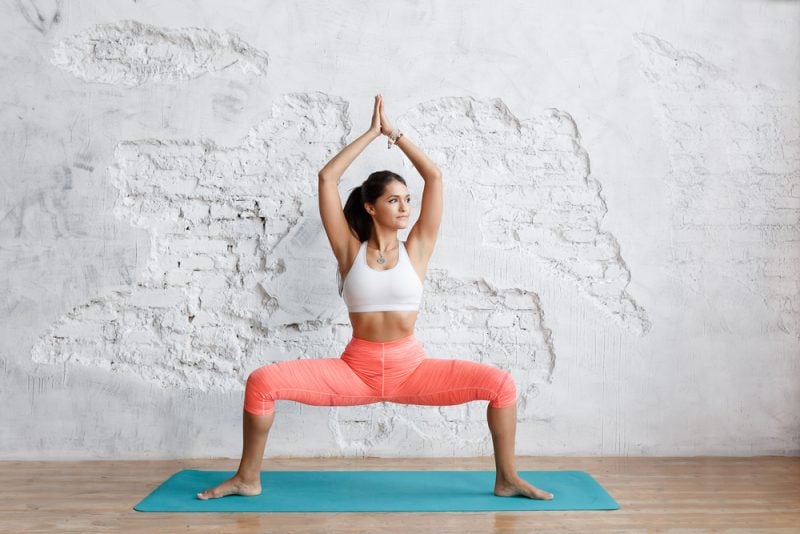
In Hindu mythology, a goddess symbolises the mix of inner strength and outer power. Utkata Konasana or Goddess Pose is a powerful pose that aims at finding the inner strength while dealing with the frustrations and hardships of life. The pose provides a good stretch to hips, shoulders, arms and lower body. It is an excellent way of letting go of your stress and worries. To do this, start with mountain pose or tadasana. Turn to the right and step your feet wide apart. Bend your knees directly over your toes and lower your hips into a squat. Extend your arms at shoulder height with palms facing down. Bend your elbows and point your fingertips toward the ceiling. Your upper arms and forearms should be at a 90-degree angle.
Apanasana (Energy Freeing Pose)
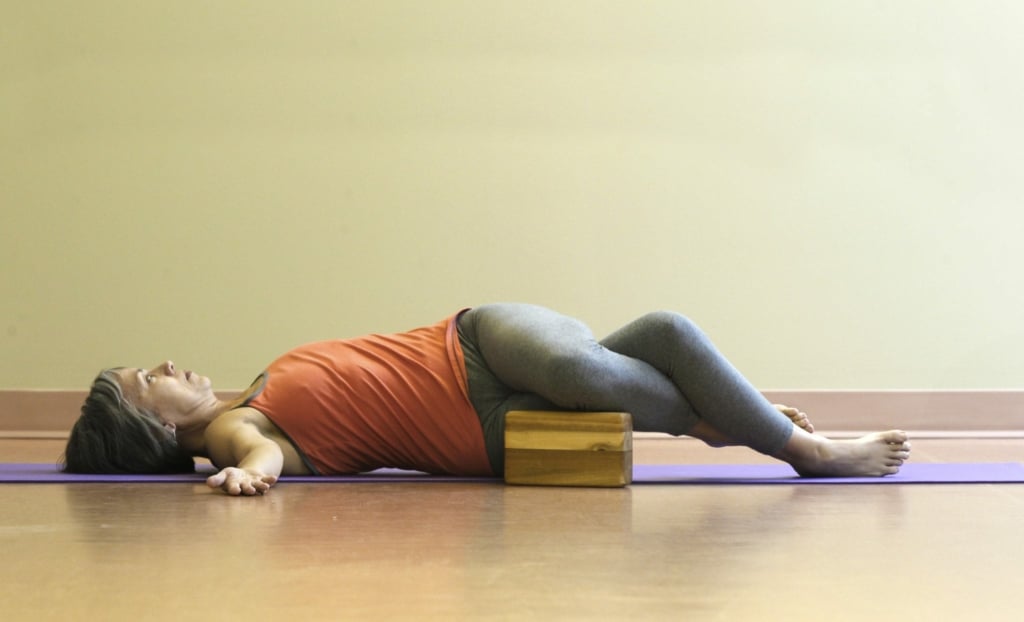
Apanasana helps to eliminate the waste or what is not needed in the body be it stress or negative energy. It also helps the body to release impurities through lungs and excretory system. Stress is often caused by stagnant energy, but releasing that energy, you get rid of stress and any negative emotions. To practice this pose, lie on your back and bring both knees to your chest. Release your shoulder blades. Tilt your chin a little down.

